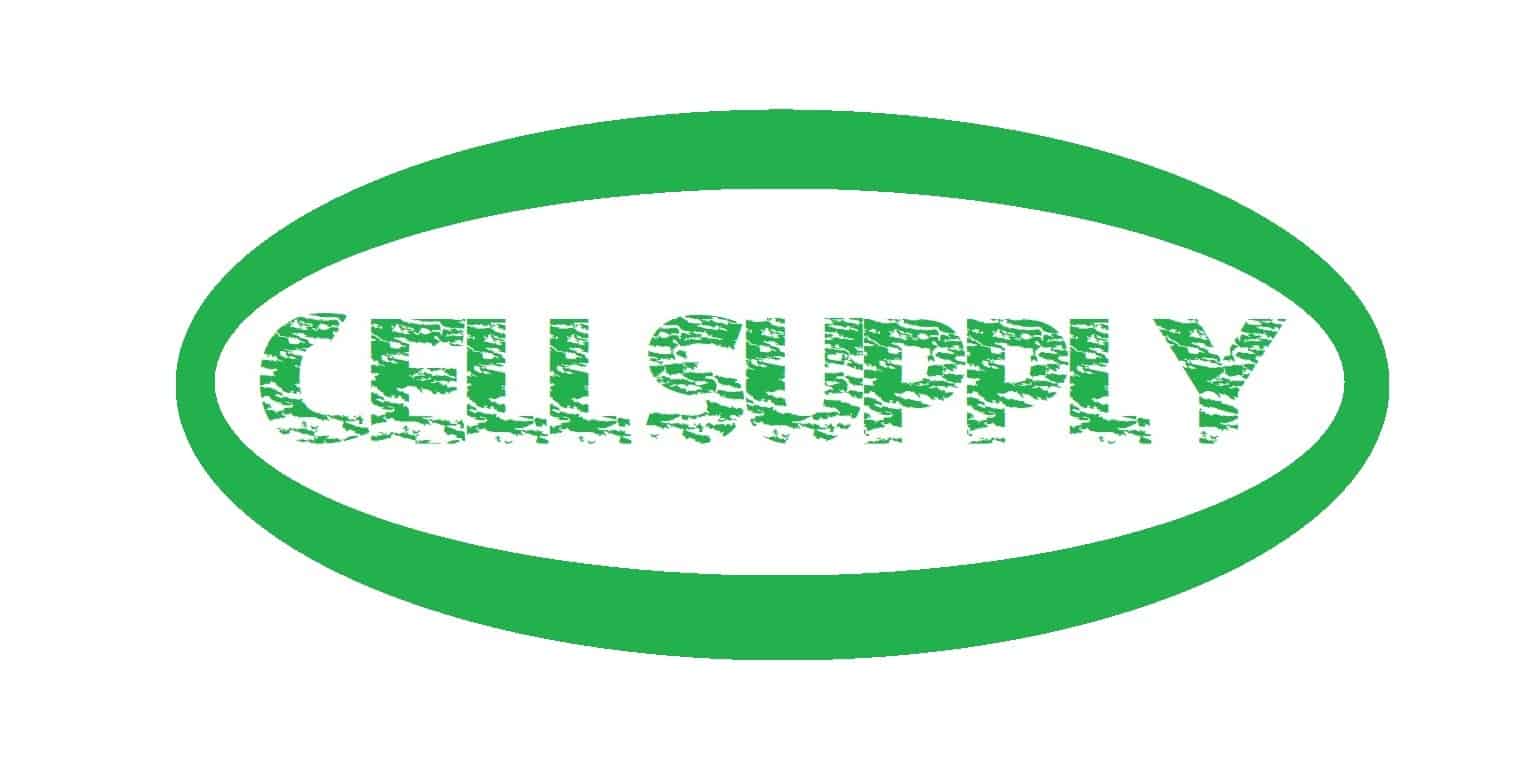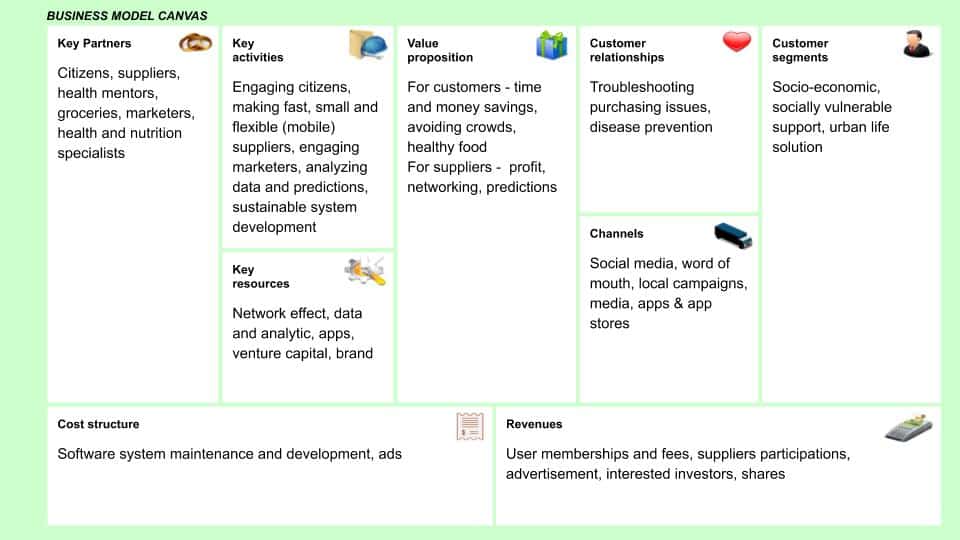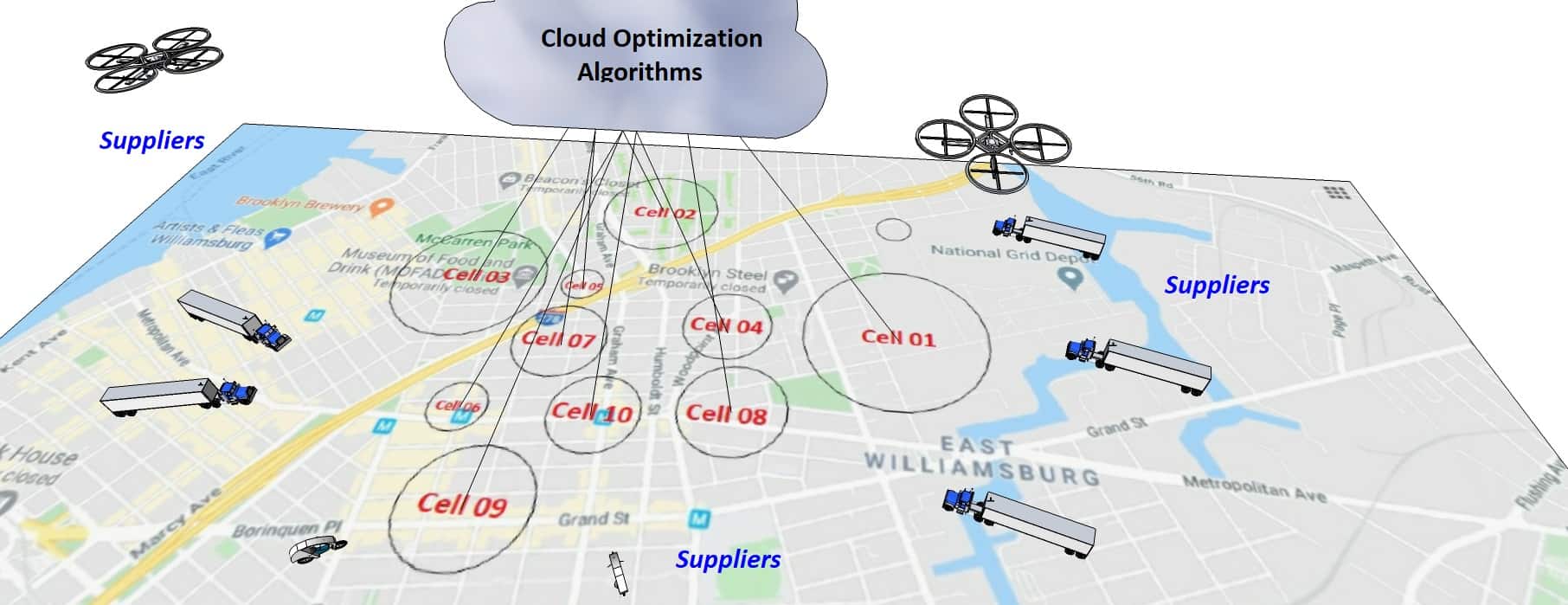Hackathon
Submission
Matjaz Marussig
Supply Cell
Each citizen needs food to live. Neighbors can merge them into a supply cell. Every cell needs food just in time. Algorithms can optimize food supply in the best way to deliver healthy food and supplier profits.

Project
Proposal
Problems: lock-down, wasting time in shopping malls, not-real food (Lustig), shopping stress, infects, too high density of people in common, lack of immunity, obesity, diabetes.
Field solution: Each household lunches order with the help of an algorithm according to the required household stocks. A personal algorithm proposes the food order depends on household stocks. A cell cloud algorithm collects personal orders, optimize them, asks for personal confirmation, and send needs to the suppliers. Supplier’s algorithms optimize delivery to the cell and to the tissue (set of cells) what is depends of geocoordinates of the customer and deadline to delivery.
Technical solution: IoT, connected to the cloud, APEX is a recommendation because of its low coding developing tools
Business model:
Key Partners: Citizens, suppliers, health mentors, groceries, marketers, health and nutrition specialists
Key Activities: Engaging citizens, making fast, small and flexible (mobile) suppliers, engaging marketers, analyzing data and predictions, sustainable system development
Key Resources: Network effect, data and analytic, apps, venture capital, brand
Value Proposition:
For customers – time and money savings, avoiding crowds, healthy food
For suppliers – profit, networking, predictions
Customer Relationships: Troubleshooting purchasing issues, disease prevention
Channels: Social media, word of mouth, local campaigns, media, apps & app stores
Customer Segments: Socio-economic, socially vulnerable support, urban life solution
Cost Structure: Software system maintenance and development, ads
Revenues: User memberships and fees, suppliers participations, advertisement, interested investors, shares


Team
Members
Already registered before? Login first to Apply!
Register now & submit your request to join this team!
Join Matjaz Marussig's Team!
Solution
Details
What region(s) or state(s) do you currently have operations in?
Slovenia, EU
Is there a specific region or state where you plan to focus on for this project?
Worldwide
How far developed is your proposal?
I have an idea but it needs to be developed, 6-12 weeks until ready for implementation.
Is there any legal protection for the solution?
No
Latest
Submissions
Humanner – Collective Holistic Social Innovation Ecosystem Management
By Janos Deak
By the Humanner Cooperative Social Business Ecosystem model give financial self-sustainability and emerge the digital infrastructure to connect informal market, unlock the power at the bottom of pyramid, and deliver economic prosperity.
“A charity money has only one life. A Social Business money can be invested over and over again.” (Muhammad Yunnus)
Linking science and technologies to communities of our global society. Humanner’s social R&D focus on interweaving new models so smoothly and seamlessly into the currently prevailing system, that it will not be perceived as opposition, but rather as a higher quality competitive model, which gradually replaces the old one.
Our method is to create a high-quality example while showcasing our understanding of what it means to be human.
Humanner’s system work with a MULTI FUNCTIONAL holistic multisolving approach so that make the investment more impactful. Single investment of time and money – Defined as a way of solving multiple problems with the multisolving approach brings together stakeholders from different sectors and disciplines to tackle public issues in a cost-efficient manner
Humanner unite the two biggest volunteer sectors the Open Source and the Non Profit sector into a Social Business Innovation Ecosystem. We aim to explore how open source software, open source hardware, digital maker practices and open design can be effectively used by local communities to fabricate their own tools, make sense of their environments and address pressing environmental problems.
ProducePathway
By Sindhu Sundar
Policy proposal for collaborative food distribution networks utilizing existing nationally-accessible tools and organizations, and partnerships between community centers, hospitals, farmers, and distributors. Objectives are the identification of in-need communities to provide mobile markets and CSA boxes, as well as subsidization strategies to serve low-income areas.
Digital Surplus Management System
By Kubra Orak
Supported by UNDP to reach SDGs, Whole Surplus provides technology solutions to create value out of unsold inventory.[bc1] Placing technology at the heart of a crucial issue as food waste, Whole Surplus offers holistic and digital solutions to any type of surplus food, that is eligible for human consumption, animal feeding, recycling or landfilling and matches them with the right partner who offers the highest financial and social value. Moreover, the platform provides a data analytics dashboard to reduce waste at the source. With the help of the technology and network that is created, the aim is to reduce partners’ food waste-related carbon emission by 50% and to reach the zero-landfill goal.




